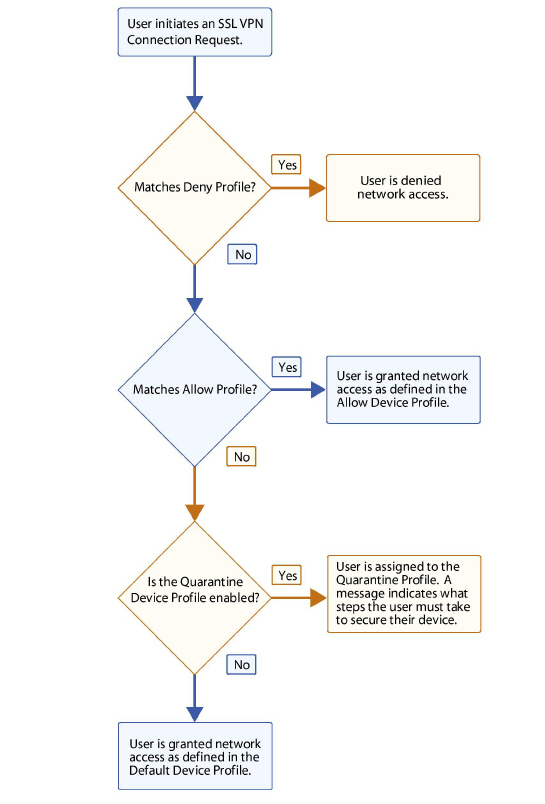

- #SONICWALL SSL VPN CLIENT ROUTES NOT WORKING INSTALL#
- #SONICWALL SSL VPN CLIENT ROUTES NOT WORKING SOFTWARE#
- #SONICWALL SSL VPN CLIENT ROUTES NOT WORKING PC#
The remote (SonicWalls) LAN subnet is 192.168.1.0/24 and the SonicWall's internal address is 192.168.1.1 ALSO.
#SONICWALL SSL VPN CLIENT ROUTES NOT WORKING PC#
I have a guest PC trying to VPN in to the remote SonicWall network using split tunneling.īoth networks have identical address spaces: What do people usually do to solve this issue? I suspect that the problem is related to address conflicts in the RFC 1918 space. Once you have finished, log in using using HTTPS and either the IP address and port or URL and port to access the Virtual Office VPN connect site.Maybe what I wrote below is all wet - one of the SonicWalls to which I can connect successfully ALSO has the same address space.
#SONICWALL SSL VPN CLIENT ROUTES NOT WORKING INSTALL#
#SONICWALL SSL VPN CLIENT ROUTES NOT WORKING SOFTWARE#
Uninstall Client after Exit: If enabled will uninstall client software after disconnect (not recommended in most cases). WINS: If you use WINS, enter the IP address of your WINS server.ĭefault Session Timeout: I like to increase it from the default to avoid constant disconnects.Įnable Web/SSH Management over VPN: Enabled if you want VPN access to manage the Sonicwall device.Įxit Client after Disconnect: Enabled will shut down the NetExtender client program. Make sure the address pool is outside the scope of your DHCP server’s pool.ĭNS Server: Configure your internal DNS server IP address For this reason, you must specify a range of usable IP addresses for the VPN client. NetExtender IP: SSL VPN will not use the DHCP address pool from either the firewall or from a server on your network. Interface: Select your LAN Interface, by default X0 Under Client Settings, follow these instructions: Just edit the HTML text to create custom messages or to link custom logos. In SSL VPN > Portal Settings you can customize the message that appears to VPN users. For this reason, we will use the default port 4433 for this example. You will also need to double check that port 443 is not being used for other services such as an Exchange/OWA HTTPS connection. Do this under the system > administration menu. If you decide to do this, keep in mind that you will need to change the Sonicwall management port to something other than the default port 443. Port 443 is usually not blocked by even the most restrictive firewalls.

In the SSL Server VPN settings, you may want to change the default port to 443 if the VPN users travel frequently and find themselves behind highly restrictive firewalls that block outbound access by port.

Next, navigate to SSL VPN > server settings.Ĭlick on WAN interface link to change the red dot to green. Make sure the user login has HTTPS enabled. Click on Network and select WAN (by default X1) configure. Now that I have convinced you of the benefits of netExtender, let’s install it! First, log in to your Sonicwall Device.


 0 kommentar(er)
0 kommentar(er)
